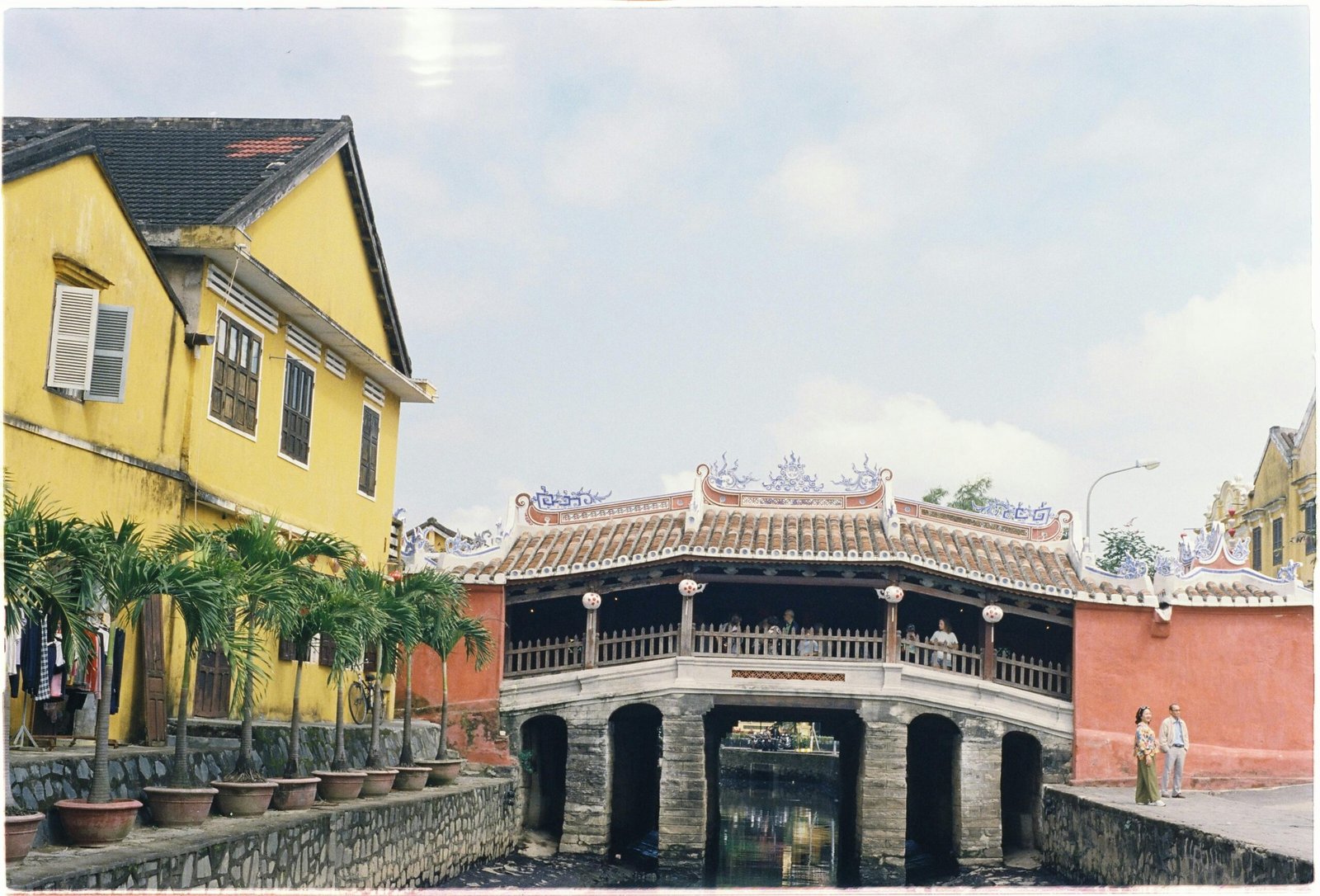
Your Perfect Vietnam Travel Itinerary: A Complete 2025 Guide
Planning the perfect vietnam travel itinerary can seem daunting. However, this country offers an incredible mix of culture, history, and natural beauty. This guide will help you build an unforgettable trip from north to south. Consequently, you will experience the best of Vietnam in just a few weeks.
Planning Your Vietnam Travel Itinerary: Key Considerations
Before you pack your bags, a little planning goes a long way. First, you must decide on the length of your trip. Additionally, understanding the country’s climate is crucial for a pleasant experience.
How Long Do You Need?
Most travelers find two weeks to be a great starting point. This timeframe allows you to explore the main regions without feeling rushed. For instance, you can comfortably visit the north, central, and south. If you have three weeks or more, you can explore more remote areas or simply travel at a slower pace.
Best Time to Visit
Vietnam’s weather varies greatly by region. Therefore, it’s wise to check the climate for your specific travel dates. The spring (March to April) and autumn (September to November) generally offer the best conditions nationwide. These seasons typically have milder temperatures and less rain.
The Classic 2-Week Vietnam Travel Itinerary (North to South)
This itinerary is a popular route for first-time visitors. It covers the essential highlights and provides a fantastic overview of the country’s diversity. It is designed to maximize your time and experiences.
Days 1-4: Hanoi & Ha Long Bay
Begin your adventure in the bustling capital, Hanoi. You can explore the Old Quarter’s charming streets and taste amazing street food. After that, take an overnight cruise in the stunning Ha Long Bay, a UNESCO World Heritage site. Its limestone karsts are truly breathtaking.
- Wander through Hanoi’s Old Quarter.
- Enjoy a traditional water puppet show.
- Cruise among the limestone karsts of Ha Long Bay.
- Try local dishes like Pho and Banh Mi.
Days 5-8: Central Vietnam (Hoi An & Hue)
Next, fly from Hanoi to Da Nang and transfer to Hoi An. This ancient town is famous for its colorful lanterns and skilled tailors. In addition, you can visit the former imperial capital of Hue, which is just a short trip away. It offers a deep dive into Vietnam’s royal history.
- Get custom clothing made in Hoi An.
- Explore the Imperial City in Hue.
- Cycle through rice paddies in the countryside.
- Relax on An Bang Beach.
Days 9-14: Ho Chi Minh City & Mekong Delta
Finally, journey south to Ho Chi Minh City (formerly Saigon). This dynamic city provides a sharp contrast to the tranquil north. Furthermore, you must take a day trip to the Mekong Delta to see its famous floating markets and lush fruit orchards. This experience showcases a vital part of Vietnamese life.
- Visit the War Remnants Museum and Reunification Palace.
- Crawl through the historic Cu Chi Tunnels.
- Explore the floating markets of the Mekong Delta.
- Experience the vibrant nightlife of Ho Chi Minh City.
Essential Tips for Your Trip
A few practical tips will make your journey smoother. These suggestions cover everything from legal requirements to daily logistics.
Visa Requirements
Always check visa requirements for your nationality before booking. Many travelers need a visa in advance. Consequently, applying online for an e-visa is often the easiest and most recommended option for 2025.
Local Transportation
Getting around Vietnam is quite simple and affordable. You can use domestic flights for long distances between regions. For shorter trips, trains and sleeper buses are excellent alternatives. Moreover, ride-hailing apps are popular and convenient in major cities.